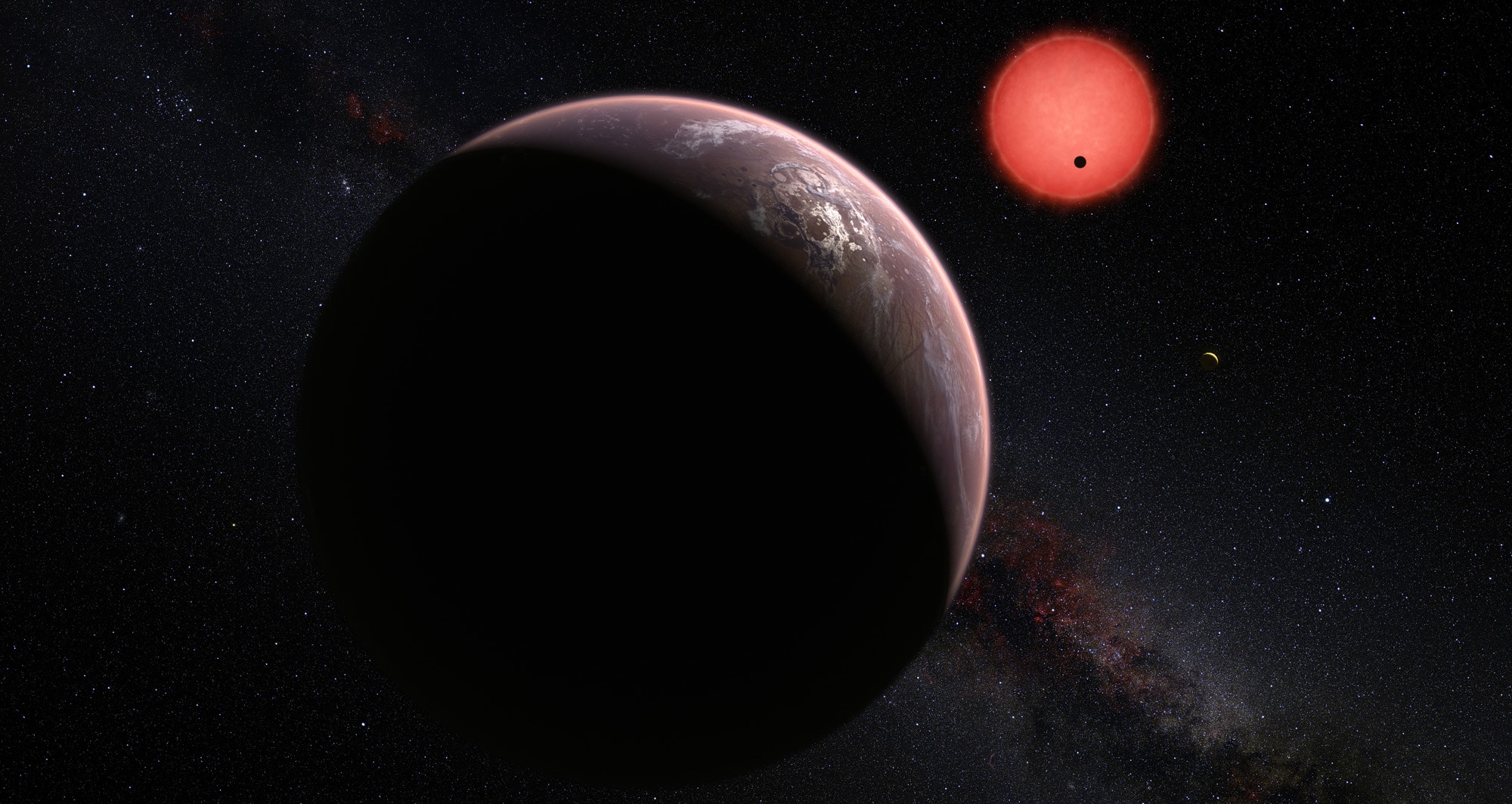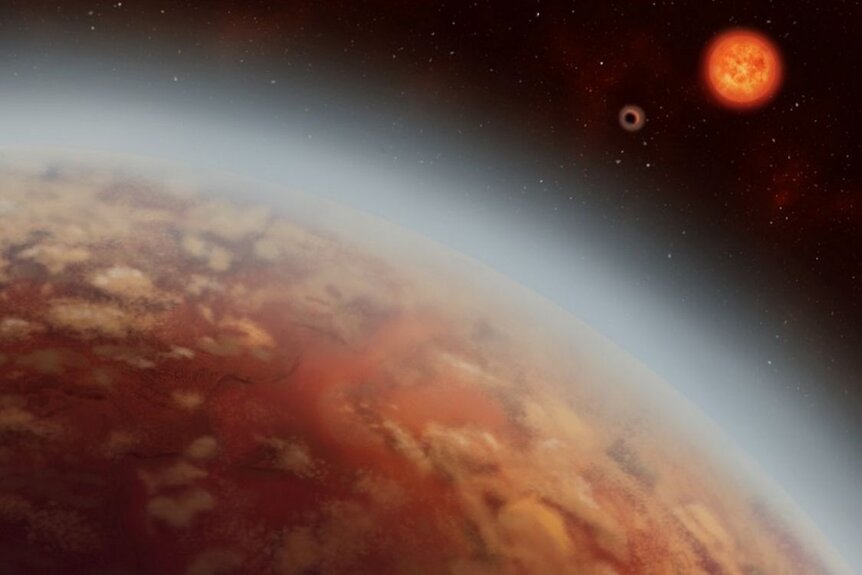Create a free profile to get unlimited access to exclusive videos, sweepstakes, and more!
Red dwarfs: Tiny, faint, and loaded with planets

One of the most fascinating aspects of exoplanets — worlds orbiting other stars — is that with more than 4,000 of them found so far, we're starting to be able analyze them statistically. When the first few were found in the 1990s we weren't sure common they were. Did most stars have planets, or is the Sun an exception?
The numbers grew, and then the launch of the Kepler observatory exploded our understanding. It found thousands of exoplanets, and it became very clear that a lot of stars have planets. Many even host multiple planets as our Sun does.
We could even look at different kinds of stars and see not only if they hosted planets, but how big the planets were. That led to an important discovery: Red dwarfs, stars at the low mass end of the stellar zoo, seemed to do very well at the planet gig. And very few of those red dwarf planets were massive, like Jupiter. Instead, they seem to prefer making smaller planets, from Neptune on down.
A new research paper was just published looking to put numbers on these conclusions. This had been done before, but in most cases the statistics weren't great because too few stars were investigated.
In this new study, 426 previously observed red dwarf stars were included. These are all by necessity close to the Sun; red dwarfs are faint (the closest star to the Sun is a red dwarf, and you can't see it without a telescope!) and difficult to observe past a certain distance. Out of these, they found 118 planets.
Now mind you, they can't detect every planet around these stars. Some may be too small or too far from the star to easily spot (most use the reflex velocity method, which works best for massive planets close to the star). After accounting for this, and other effects that could mess with their results, they found that, on average, red dwarf stars have 2.39 (+4.58/−1.36)* planets! And, given that lower mass planets are hard to spot far out, they estimate that number is actually closer to 3! This is very broadly consistent with the earlier studies, which is nice to know.
That's amazing. The reason this is an important result is that red dwarfs outnumber higher mass stars by far in the galaxy. Something like 70-80% of the stars in the Milky Way are red dwarfs! That means that playing the odds it seems virtually certain that most planets in the galaxy orbit low mass stars. Think of it this way: If every star in the galaxy only had one planet, than red dwarf planets would outnumber planets orbiting stars like the Sun 7 to 1.
Of these 118 planets in the study, 7 had masses† larger than Jupiter. Those planets are the easiest to find, so this is a clear indicator that gas giants around red dwarfs are very rare. Previous studies reached the same conclusion; probably only one red dwarf star out of a hundred has a gas giant like Jupiter orbiting it.
88% of the planets have masses less than about 0.3 Jupiter's (or 100 times Earth's mass) and 54% have masses less than 10 times Earth's. That's the range of planets we call super-Earths and mini-Neptunes; the distinction is more qualitative, but around twice Earth's mass a planet should have enough gravity to draw in and keep a thick atmosphere. That makes it more like Neptune than Earth.
So this is saying that red dwarfs have lots of planets in this mass range, which is also broadly consistent with what we see of all stars studies (and appears to make our own solar system weird, since as far as know right now we don't have a planet like that).
28 of the red dwarfs have at least two planets, and 79 of the 118 planets appear in multiple planet systems. So it looks like, at least for low mass stars, solar systems are common!
Very interestingly, they found that about 15% of the planets orbit their stars in the so-called "habitable zone", where there could be liquid water on their surface. Since we don't know anything about the planets' compositions or atmospheres we can't even guess at how many of these may actually be habitable (on paper Venus is very Earth-like, but in reality, yikes). So I wouldn't make too much of this, except to be hopeful that once we have warp drive, there could be a lot of planets out there where we can look for life. That's tentatively wonderful.
There's a lot more to this paper — the work the team did was extensive — but I'll leave you with that. Oh, and this thought as well: They found over 100 planets around about 400 low-mass stars near the Sun. Accounting for ones they likely missed, they conclude there are an average of about 3 planets per star like that.
There are at least 100 billion red dwarfs in the Milky Way alone. Probably more.
So how many planets are out there just in our galaxy? Hundreds of billions, certainly. Maybe even over a trillion.
How's that for a thought?
*The uncertainty (the ± part of that) is a little worrisome, since it's a bit high. But it skews heavily toward the positive, meaning that if there's some statistical uncertainty in their measurement it's more likely there will more planets rather than fewer.
†Note that the reflex velocity method, described in the link above, only finds a planet's minimum mass. If the orbit isn't exactly edge-on, then the planet will have a higher mass than the actual velocity indicates; there's a trigonometric sine factor in there. On average, the mass will be 40–50% higher than the velocity indicates. So astronomers report the minimum mass of the planet.
Tip o' the dew shield to Mikki Tuomi (the lead author, who also led the team that found the planet orbiting Proxima Centauri) on Twitter.
















